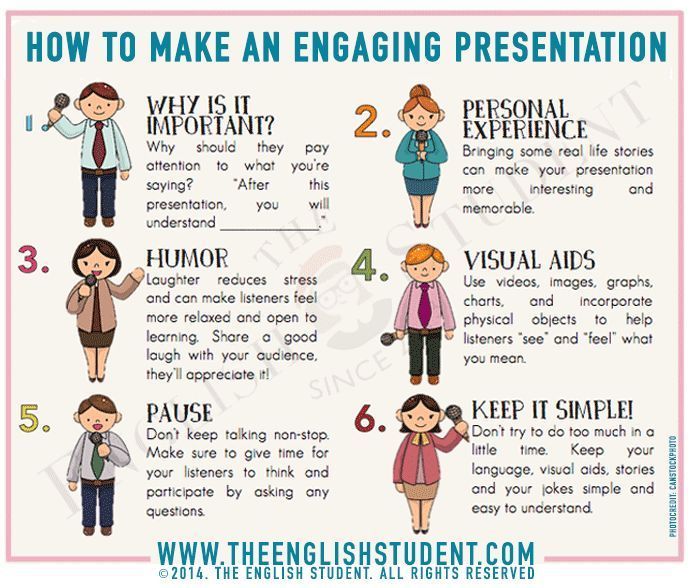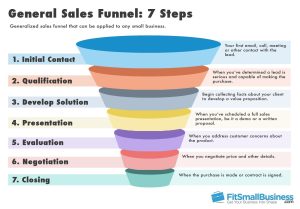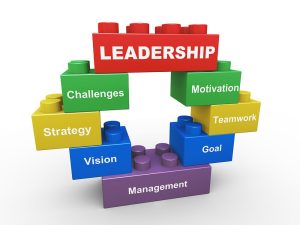
As technology continues to advance, business presentations have become an integral part of any industry. Whether you are pitching a new idea to potential investors or presenting a sales report to your team, it is crucial to create an engaging and effective business presentation that captivates your audience’s attention. In this article, we will explore the essential steps in creating a remarkable business presentation that leaves a lasting impression.
1. Define Your Presentation Goals
Before diving into the content creation process, it is essential to define the goals of your presentation. Ask yourself what you aim to achieve with your presentation – Is it to inform, persuade, or inspire? Understanding the purpose of your presentation will help shape the overall message and structure of your content.
2. Know Your Audience
No matter how great your content is, if it does not resonate with your target audience, it will fall flat. Take the time to research and understand your audience’s preferences, knowledge level, and expectations. Tailor your presentation to cater to their needs, and use language and visuals that will resonate with them.
3. Craft a Compelling Opening
The opening of your presentation sets the tone for the rest of your content. Capture your audience’s attention right from the start by sharing an inspiring quote, telling a personal story, or presenting a thought-provoking question. This will grab their attention and create anticipation for what’s to come.
4. Create a Logical Flow
Your presentation should follow a logical flow that takes your audience on a journey. Start by introducing the problem or opportunity, provide supporting evidence or data, and then present your solution or recommendations. Make sure to connect the dots and guide your audience smoothly from one point to the next.
5. Use Visuals Wisely
Visual elements are a powerful tool in engaging your audience. Use high-quality images, charts, graphs, and diagrams to support your key points and make complex information more digestible. However, avoid cluttering your slides with too much information. Keep them clean and focused, using visuals to enhance your message rather than overpower it.
6. Incorporate Storytelling
Humans are naturally drawn to stories. We connect with narratives that resonate with our emotions and experiences. Incorporate storytelling techniques in your presentation to make it more memorable and relatable. Share real-life examples, customer success stories, or personal anecdotes to create an emotional connection with your audience.
7. Use Engaging Typography and Design
Typography and design play a significant role in the overall aesthetic and readability of your presentation. Choose fonts that are easy to read and complement your brand’s style. Use appropriate font sizes, colors, and formatting to highlight key points. Furthermore, ensure that your presentation design is consistent, polished, and visually appealing.
8. Keep it Concise
Avoid overwhelming your audience with information overload. Keep your presentation concise and to the point. Use bullet points or short sentences to convey your message clearly. Be mindful of the time allocated for your presentation and respect it. Wrapping up within the allotted time will leave a positive impression on your audience.
9. Engage with Your Audience
Your presentation should not be a one-way monologue. Encourage interaction and engagement from your audience throughout the presentation. You can ask rhetorical questions, conduct quick polls, or include interactive elements such as live demos or Q&A sessions. This interaction will help keep your audience engaged and invested in your message.
10. Practice, Practice, Practice
Even the most well-prepared presentation can fall short if not delivered with confidence and clarity. Practice your presentation multiple times to ensure a smooth delivery. Pay attention to your tone, body language, and pacing. Practice in front of a mirror or record yourself to identify areas for improvement. The more you practice, the more confident and comfortable you will become.
In conclusion, creating an engaging and effective business presentation requires thoughtful planning, understanding your audience, and utilizing various techniques to captivate their attention. By following these essential steps, you can craft a presentation that leaves a lasting impact on your audience, helping you achieve your goals and objectives successfully.

